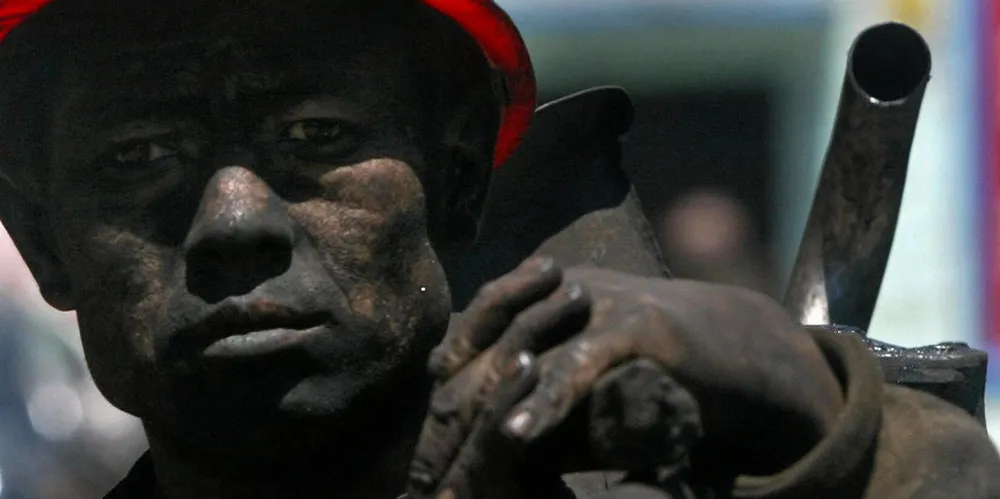COP26 | How quickly will China clean up its world-leading, yet extremely dirty hydrogen industry?
The Asian country is the biggest H2 producer on the planet, yet most of its hydrogen is produced from coal, emitting huge amounts of CO2 — and Beijing knows this has to change, writes Hack Heyward
